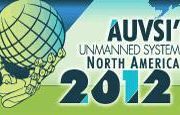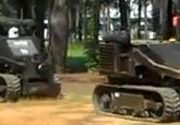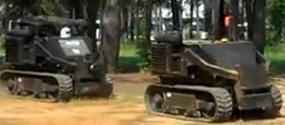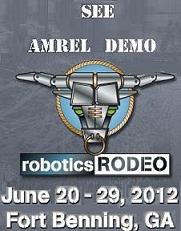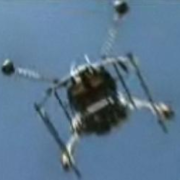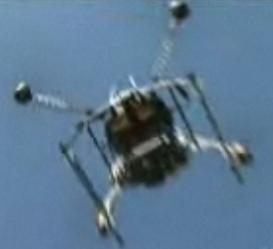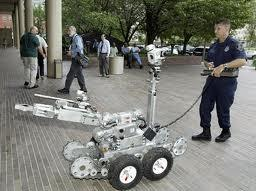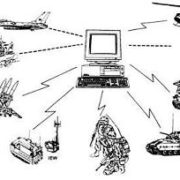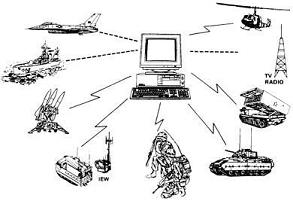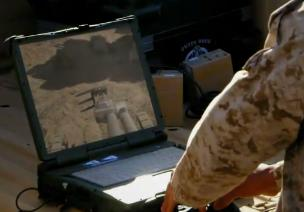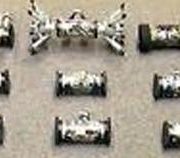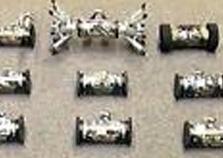 What was the buzz at AUVSI North America conference, besides the UAVs being demonstrated? I talked to many, many people at the show, trying to glean information for future blog postings as well as newsletters. It’s hard to generalize, but I did notice certain topics being frequently discussed on the exhibitor’s floor. For the purpose of this blog post I am excluding conversations at the seminars.
What was the buzz at AUVSI North America conference, besides the UAVs being demonstrated? I talked to many, many people at the show, trying to glean information for future blog postings as well as newsletters. It’s hard to generalize, but I did notice certain topics being frequently discussed on the exhibitor’s floor. For the purpose of this blog post I am excluding conversations at the seminars.
What happens in Las Vegas, stays permanently on your work record
A number of people commented that this year’s attendance and exhibits were smaller than last year’s (I don’t know if this is true; this is my first show). I heard a rumor that the GSA scandal that occurred a few months back made Las Vegas a questionable destination for some participants. Read more

